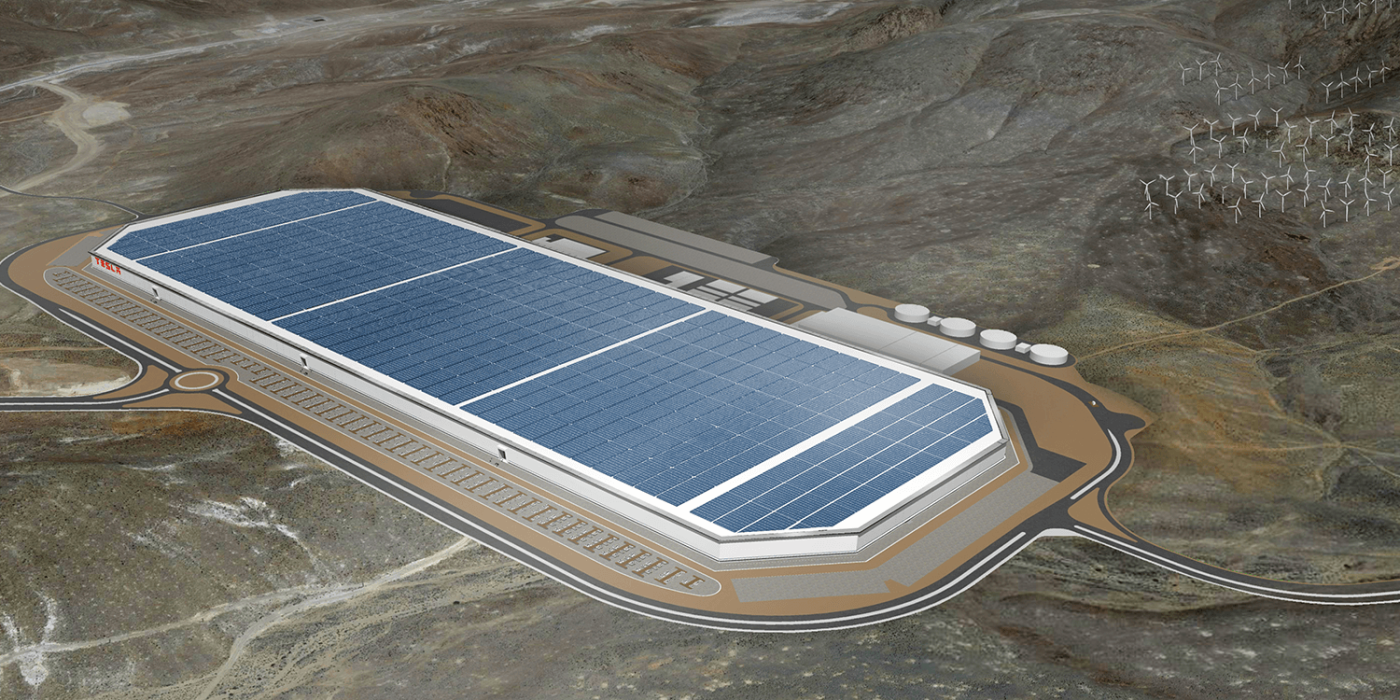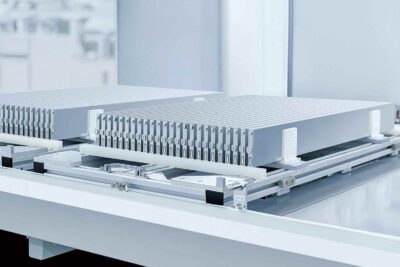Inside the Tesla Gigafactory 1 in Nevada (video)
The Science Channel has gained access to Tesla’s Gigafactory 1 and released an approximately 10-minute video, which provides the most detailed insight into the massive plant in the Nevada desert to date. Battery production capacities are particularly impressive.
Panasonic manufactures round cells for the Model 3 (and now also the Model Y), while Tesla employees assemble the cells into ready-to-install battery packs in another part of the Gigafcatory 1 building.
The video of the highly automated production facility reveals, however, that they can produce up to 13 million battery cells per day, as stated in the ‘Super Factories’ series. Tesla could assemble more than 3,000 Model 3 battery packs with this number of cells.
Besides, Electrek makes an interesting observation following the video: With about 17-watt-hours per cell, Tesla and Panasonic would have a capacity of 221 MWh per day – or 80 GWh calculated for the whole year – given the 13 million cells. That is significantly more than the 35 GWh per year the companies usually communicate. Panasonic had, however, indicated previously, that talks are underway with Tesla to expand annual production capacity at the Giga Nevada plant beyond the existing 35 GWh. “There is strong demand from Tesla that exceeds the factory’s current capacity,” said Panasonic CFO Hirokazu Umeda in May.
When opening the Gigfactory 1, now better know as Giga Nevada in late 2016, Tesla offered media few guided tours. Since then, there have been hardly any insights into the factory jointly operated with Panasonic. The Science Channel managed to shot some new footage and also uses previous coverage, which can lead to some confusion.
Given the recently rocky partnership between Panasonic and Tesla, this year has improved relations. Panasonic is not Tesla’s exclusive battery supplier anymore since the Californians began partnerships with LG Chem and CATL to supply cells in China as mentioned. Nevertheless, Giga Nevada has turned a profit for the first time in 2020 – thanks in particular to the substantial increase in demand for Tesla cars. For the Japanese, this means that their investment of 1.6 billion dollars in the Nevada plant is finally yielding returns, roughly 3.5 years after entering full production. Losses were the main reason why Panasonic had been reluctant to expand its partnership with Tesla but has renewed the commitment just in June.
Besides, Tesla has plans to mass-produce its battery cells, most likely with CATL. Tesla’s project Roadrunner aims to reduce costs to $100 per kilowatt-hour comes of 2021. Tesla is aiming for an even larger scale of production than the Gigafactories and speaks of terra measures. Details have not been provided but expect to hear more at the Tesla Battery Day this September.
Additional reporting by Nora Manthey.





1 Comment